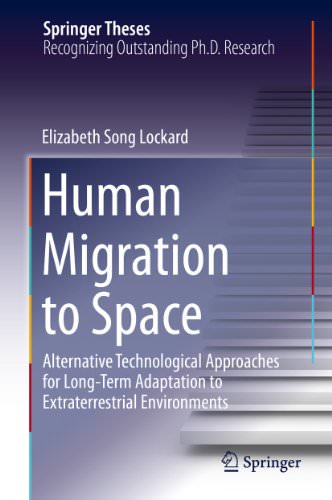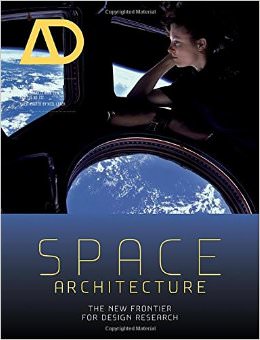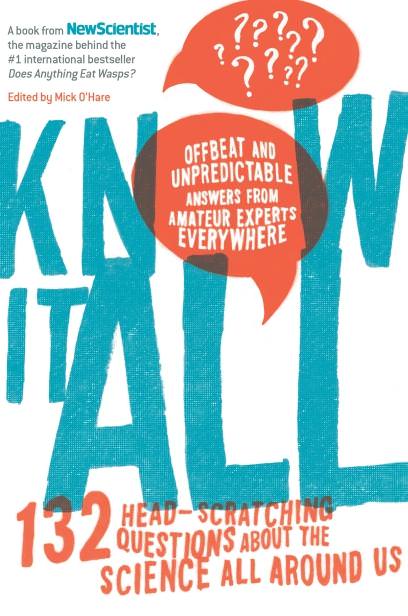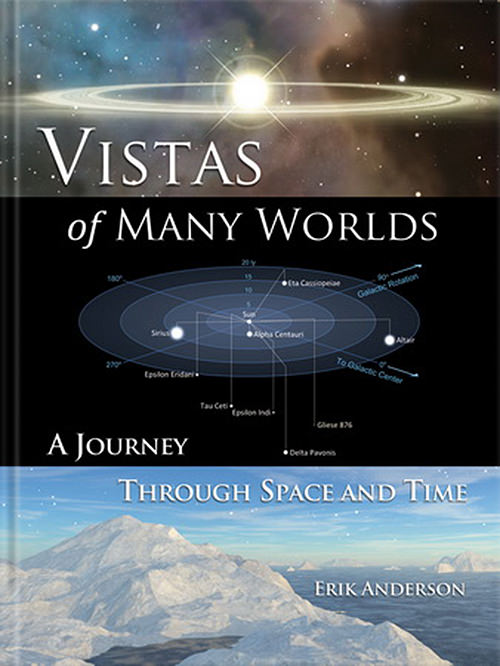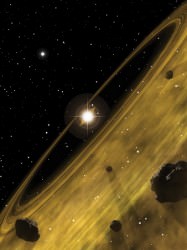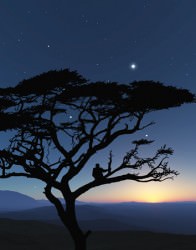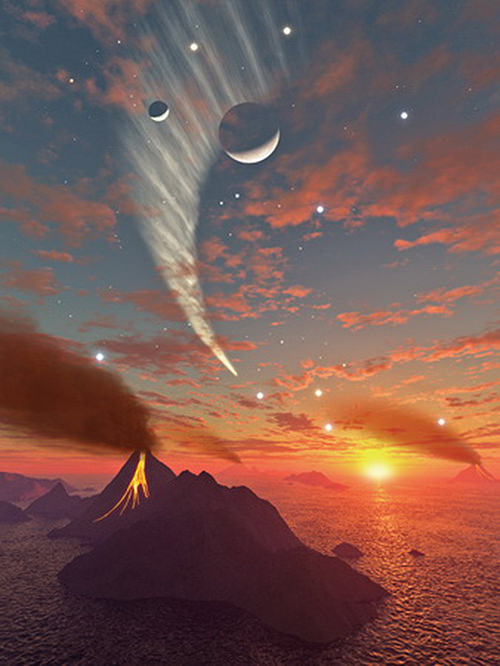Have you wondered just how likely some of those futuristic science fiction movies might be? Can you imagine armies of drones or a cyborg/human? What do they have to do with today’s space endeavours? Well, actually lots, according to Elizabeth Song Lockard as she writes in her thesis / book “Human Migration to Space – Alternative Technological Approaches for Long-Term Adaptation to Extraterrestrial Environments”. In it, the presumption is that traveling and living in space is possible, indeed necessary. But if we become successful, we may no longer be the same humans that we are today.
For those who’ve been involved with academic theses, there’s usually little expectation in offering it to the general public. Usually the subject matter is too definite and the prose too particular to be of much use to the ordinary reader. However, in this instance, while the prose can be challenging at times, it is definitely a worthwhile read. This book goes through the standard steps of developing background and objective. Then, it’s as if you step off a cliff and you take flight into possibilities. The main subject is the posthuman. This is what humans must become in order to successfully transition into occupants beyond Earth. With this, the book has much discussion on which type of occupation is best: domination, integration or other.
And, of course, there’s lots of discussion of technology. Yet, perhaps atypical to most space books, the discussion relates more to types of technology rather than details of any particular technology. You’ll read about empathetic artilects, symbiogenesis and astrosociology. That is, the book deals very heavily with the human element during space exploration rather than the technical element. Now you may wonder why this would be an issue now? Society hasn’t been an issue for the months long stays in the International Space Station. But perhaps this is because the Earth is just outside the window and friends and family are instantly available over audio or Internet channels. For the months and possibly years of travel to Mars, with no sign of Earth and potentially intermittent and delayed communications, then the social aspect will be of a much greater concern. This same challenge of separation will occur with any colonists on Mars, the Moon or deep space. Given this perspective, this fresh view makes the read of this book very worthwhile.
While social implications for space travelers are interesting, the book also covers the deeper issue about human existence itself. Effectively, it argues that humans are at the end of their genetic development. We have no expectation of a natural mutation to something better. Equally, we have no fundamental need to change our society and social interaction. That is, we are as good as we will get. Thus, according to the book, humans must travel into space and settle upon other worlds so as to restart our evolutionary advance. Otherwise, we will face the ignominy that other flat-lined species have experienced. So, from this perspective as well, this book is definitely a good read.
Yet, don’t forget that this book is an academic thesis. It has many references, which is wonderful. The references can be somewhat terse, so it helps if you’ve read fairly broadly already. It doesn’t have an index, which is frustrating. And probably most of all, it isn’t very clear on how best to use the information within it. It will be up to each reader to decide if cyborgs are essential and if our expansion into space should only be by integrating with animate and inanimate entities that we find along the way. And what about its newness? Well, yes, we’ve seen many of these ideas and theories sprout up in the science fiction movies that continually grace our screens. But in this book / thesis, the reader can treat the contents of the wide screen entertainment as a posited precursor to humanity and thus use it for their personal divination of what may come.
While no one knows the future, there is one thing that’s certain. As we push our species into functional space-farers, we will certainly change. We can’t predefine how we will change. But, according to Elizabeth Song Lockard in her book “Human Migration to Space – Alternative Technological Approaches for Long-Term Adaptation to Extraterrestrial Environments”, there are some reasonable choices from which we can pick or even fall in to. Some maybe nice, like “E.T.”. Some maybe not so nice, like “Battlestar Galactica.” Which do you want to work towards?
This book is available through Springer. You can find out more about the author at her website.

